This post may contain affiliate links. Please read my privacy policy.
Cotton soft, light, fluffy and the best Japanese cheesecake. This is a tried and tested Japanese cheesecake recipe. A must-bake for cheesecake lovers!
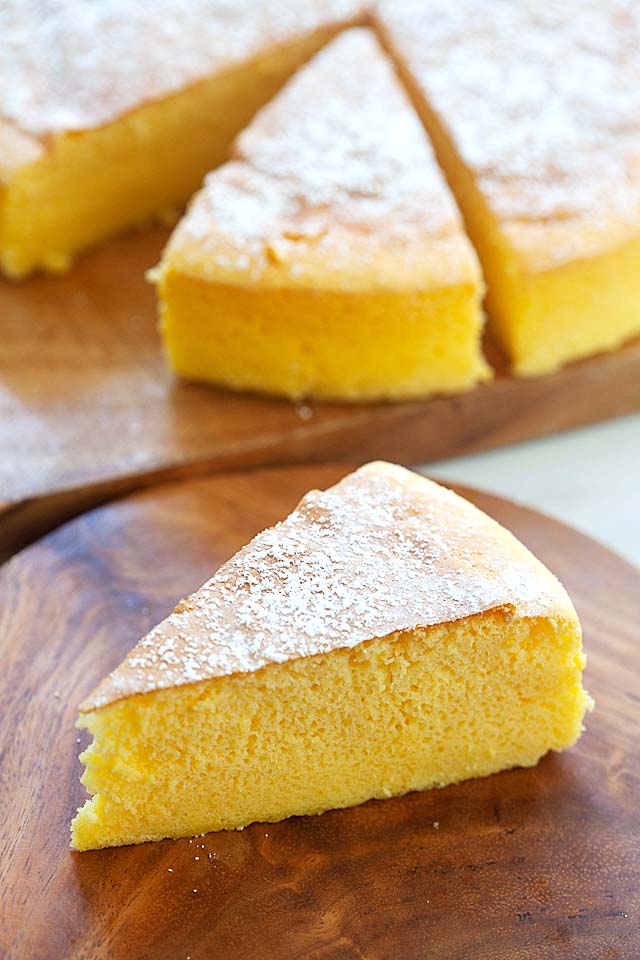
Japanese Cheesecake Recipe
Japanese cheesecake is very different from regular cheesecake.
It is cotton soft, light, fluffy and the one of the best cheesecakes I have ever tasted.
Japanese cotton cheesecake is also jiggly, due to the meringue egg white mixture in the recipe.
Make this and I will guarantee that you will never go back to regular cheesecake again!
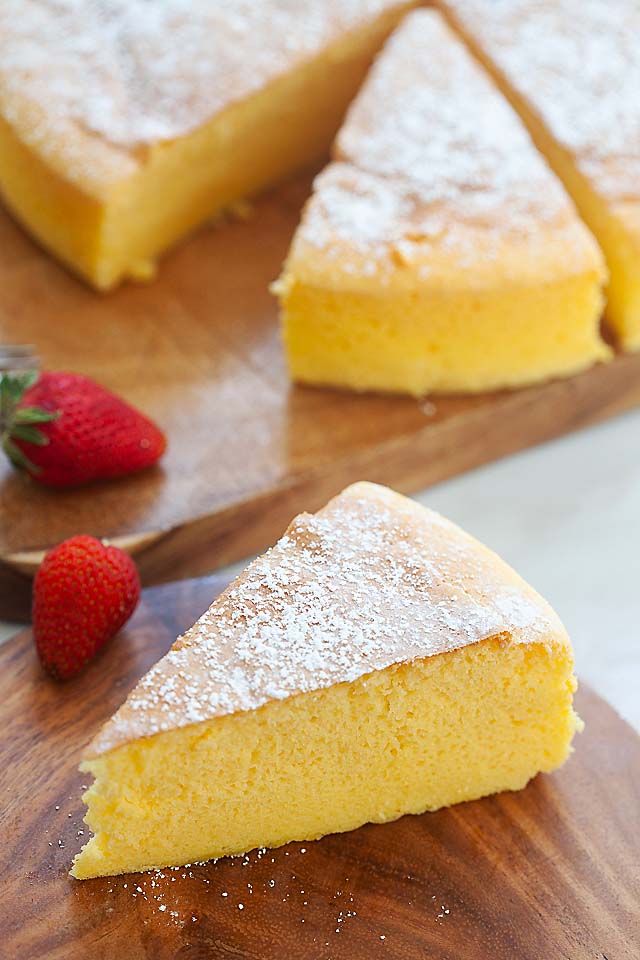
Ingredients
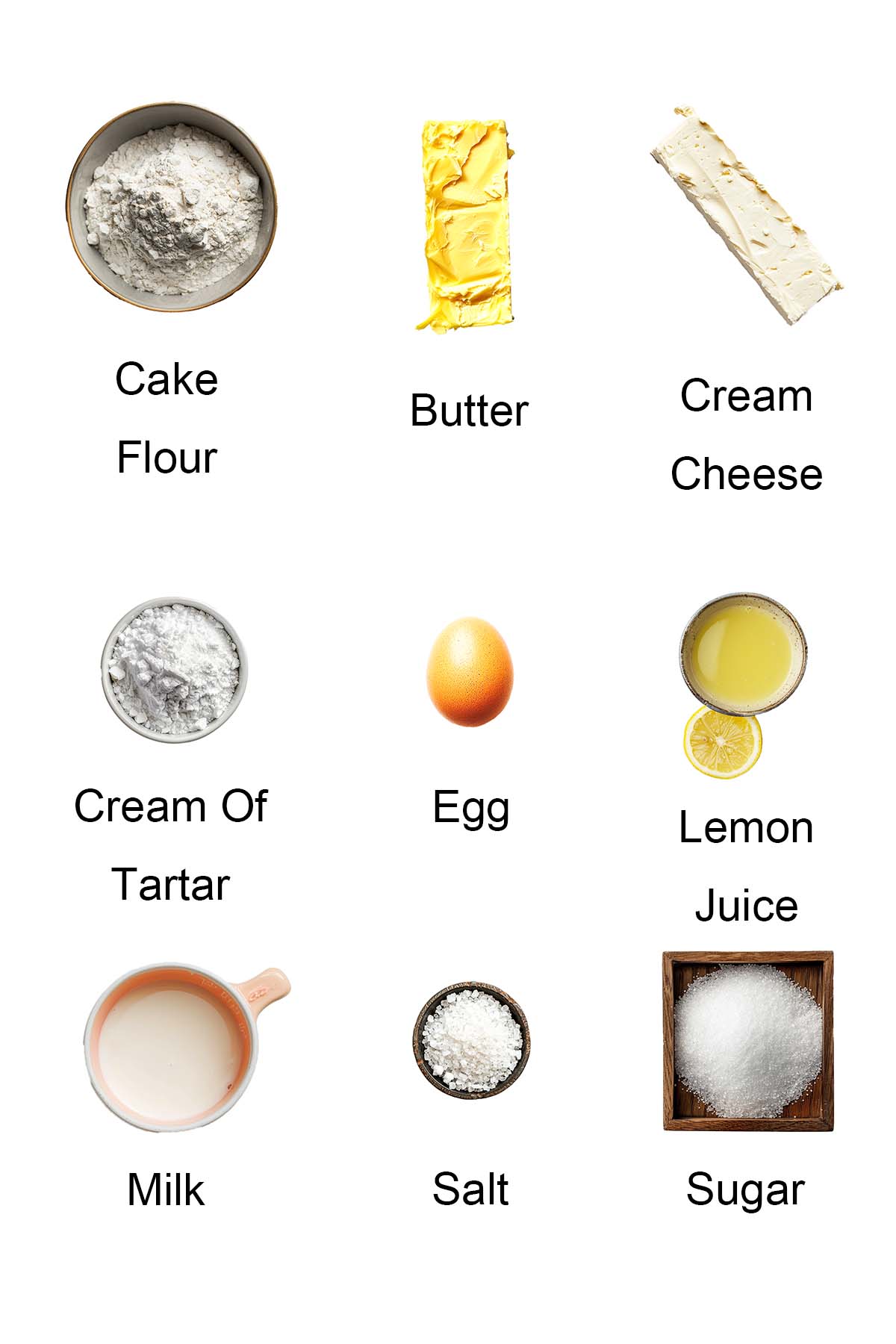
- Cream cheese
- Butter – use a good quality butter for the best results. In the United States, I always buy Challenge butter.
- Milk
- Cake flour – this lower gluten flour is idea for the cotton soft, spongy and airy texture.
- Corn starch
- Eggs
- Sugar
- Cream of Tartar – this is the secret ingredient that stabilizes the tiny bubbles in the egg white meringue. It prevents the egg proteins from sticking together, hence holding the bubbles together for the jiggly and spongy texture of this cheesecake.
- Lemon juice
Please take note that there is no baking soda or baking powder in the ingredients list as the meringue mixture will ensure that the cake rise tall.
See the recipe card for full information on ingredients.
How To Make Japanese Cheesecake
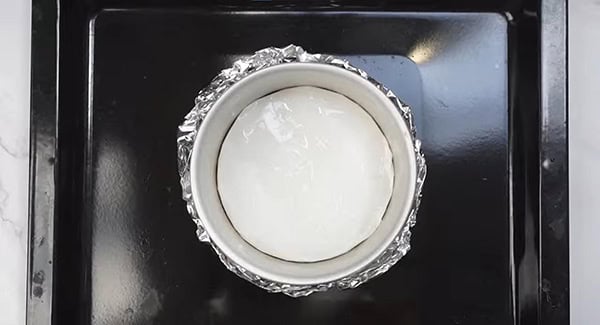
Step 1: Preheat oven to at 325°F (160°C). Prepare and measure all the ingredients and set out on your working area. I used a 9-inch springform pan. Grease the entire pan and line the bottom part with parchment paper. Please refer to notes if you use other pan.
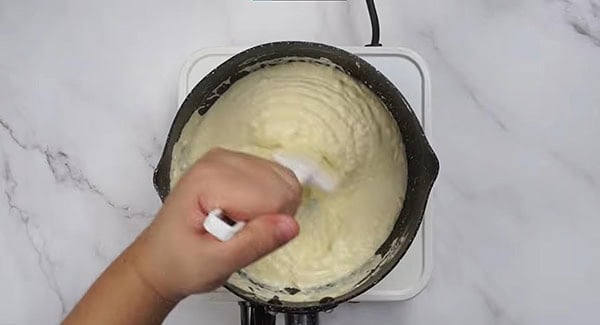
Step 2: On a stove top, melt cream cheese, butter and full milk on low heat. Use a whisk to mix well until the cream cheese melts completely without lumps. Remove from heat.
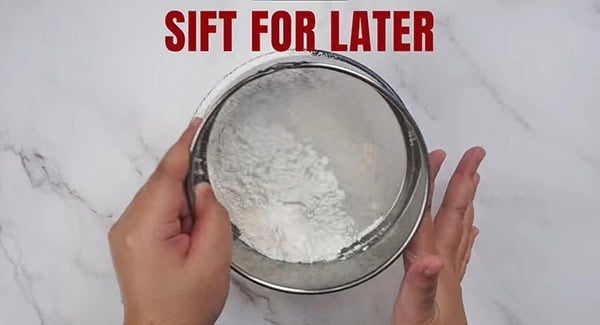
Step 3: Sift the cake flour and corn starch.
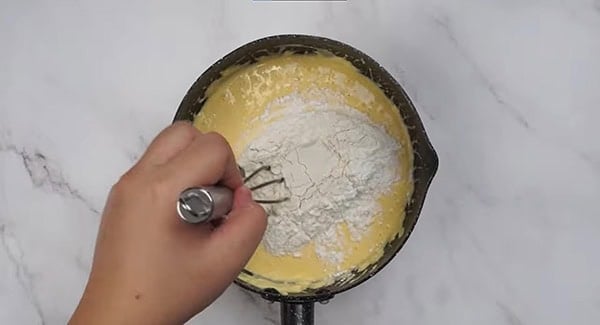
Step 4: Add egg yolks, lemon juice and salt to the cream cheese mixture. Whisk to combine well. Add the cake flour and corn starch, whisk until a smooth batter forms and there is no lump.

Step 5: Make the meringue by whisking egg whites, sugar and cream of tartar until light, foamy and soft peaks form. You can beat with a stand mixer or electronic hand mixer. I used speed 4 and beat for 1-2 minutes or until soft peaks form. DO NOT over beat.
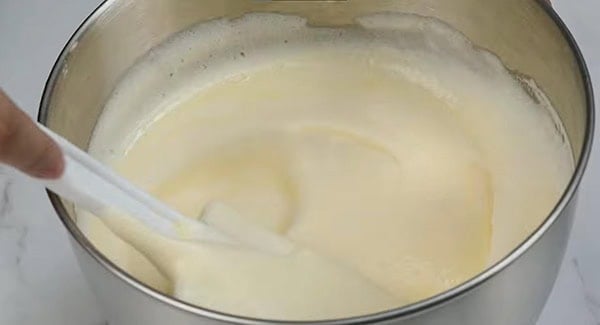
Step 6: Add the cream cheese mixture gently into the meringue, FOLD GENTLY until well incorporated.
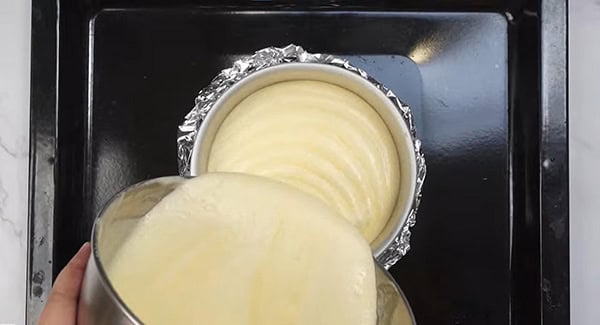
Step 7: Pour the mixture into the springform pan. Tap the cake pan gently before baking.
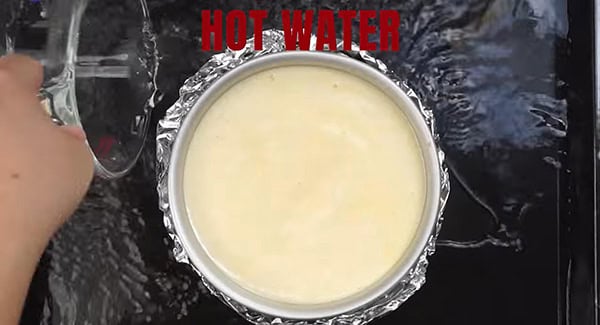
Step 8: Bake the cake using hot water bath. Place the cake pan in a larger pan and add 1 inch (2.5cm) of hot water in the larger pan. Bake at the bottom shelf of the oven for 1 hour 10 minutes.
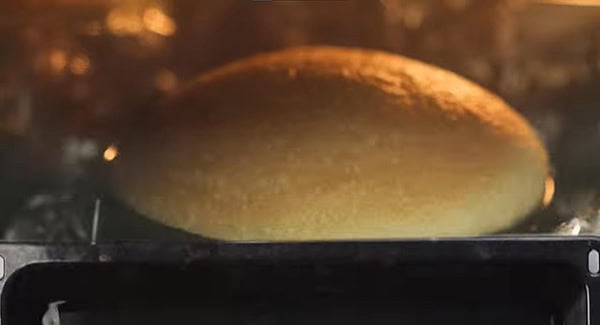
Step 9: Leave the Japanese cheesecake to cool down in the oven with the oven door open, about 30 minutes. This will prevent sudden change of temperature that may cause the cake to shrink. However, it’s normal that the cake will shrink about 1/2 – 1 inch (1cm-2.5cm) after cooling.
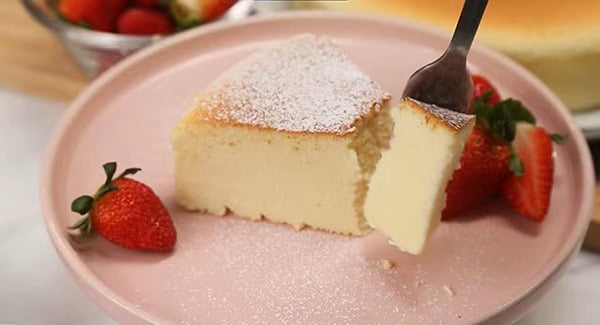
Step 10: Refrigerate the cake (with or without the cake tin) for at least 4 hours or overnight. Top the cake with powdered sugar before serving.
Baking Tips
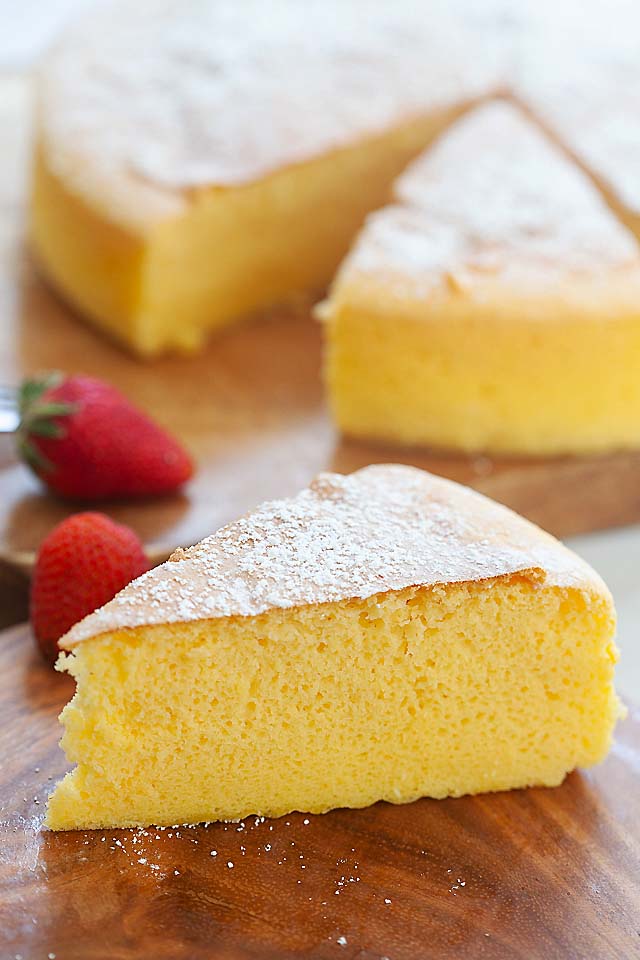
Even though DIY and homemade Japanese cheesecake is relatively easy, there are potential troubles when the cake turns out less than perfect.
For the best, jiggly and perfect result just like Uncle Tetsu, here are the tips and tricks:
- Make sure you have a smooth cream cheese mixture that is not lumpy.
- Use room temperature eggs to ensure that the meringue has the maximum volume.
- Make sure your egg whites are beaten until soft peaks form. Dot not over beat, we don’t want stiff peaks.
- DO NOT OVER MIX the meringue with the cream cheese batter. Fold very gently, do not stir or blend as the bubbles in the meringue will disappear.
- To avoid the sudden drop in oven temperature and room temperature, leave the cake in the oven with the oven door open. This will make sure that the cake doesn’t lose volume and sink.
- To avoid cracking at the top, please make sure you use a water bath for baking. The steam from the water will circulate in the oven, hence minimizing cracking at the top.
- To avoid over browning, bake the cake at the bottom part of your oven.
- Before you start baking, make sure you have all the ingredients measured up and ready. This is very important because every step has to be very precise.
Frequently Asked Questions
You can keep it in the refrigerator for a couple of days.
You shouldn’t have to worry about the leftover because this is the best cheesecake ever, and I can assure you that you won’t have anything left to keep for more than a day!
Other than springform pan and round cake tin, you can also use a 8×8-inch or 9×9-inch square pan. You can also make them into cupcakes by using cupcake tins.
Yes, you sure can. You may add 1 – 2 tablespoons of matcha powder in the cream cheese mixture if you like.
Japanese cheesecake has the lowest calories of all cheesecake. Each slice is only 214 calories.
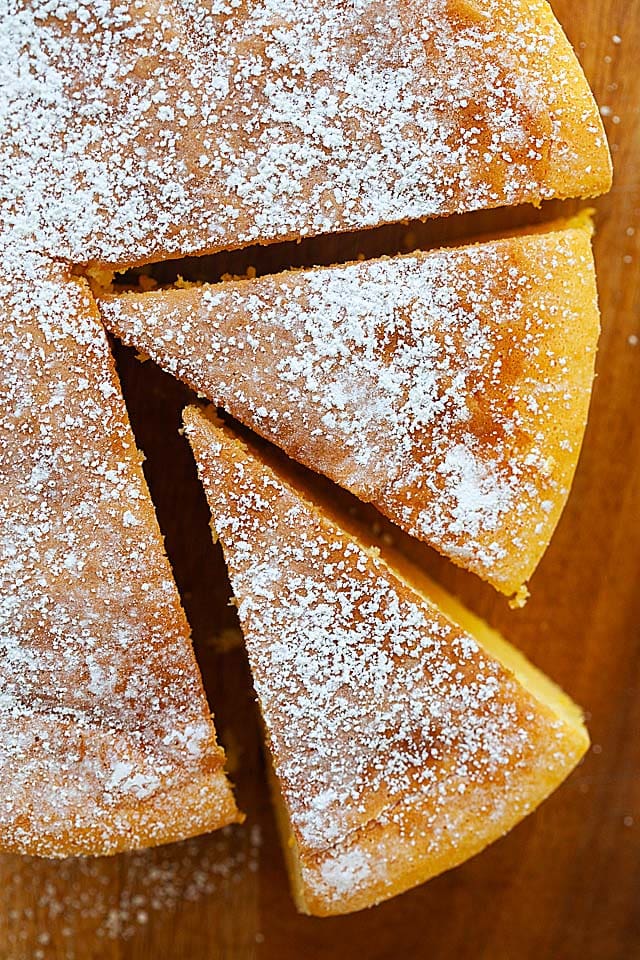
What To Serve With This Recipe
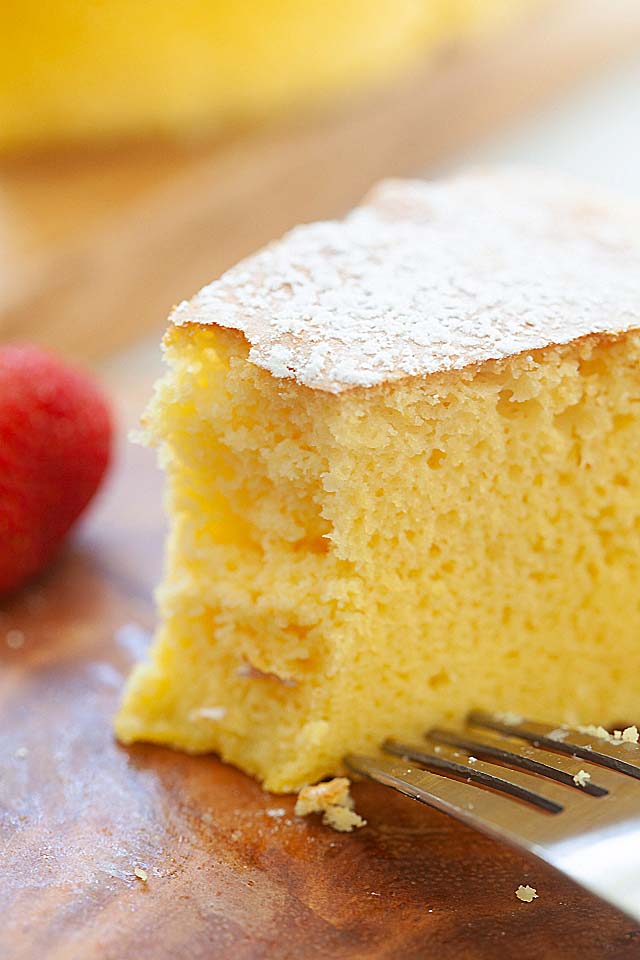
Japanese cheesecake is best served on its own, with your favorite cup of tea or coffee. For an afternoon tea, make the following desserts to go with it.
I hope you enjoy this post as much as I do. If you try my recipe, please leave a comment and consider giving it a 5-star rating. For more easy and delicious recipes, explore my Recipe Index, and stay updated by subscribing to my newsletter and following me on Facebook, Pinterest, and Instagram for new updates.
Other Recipes You Might Like
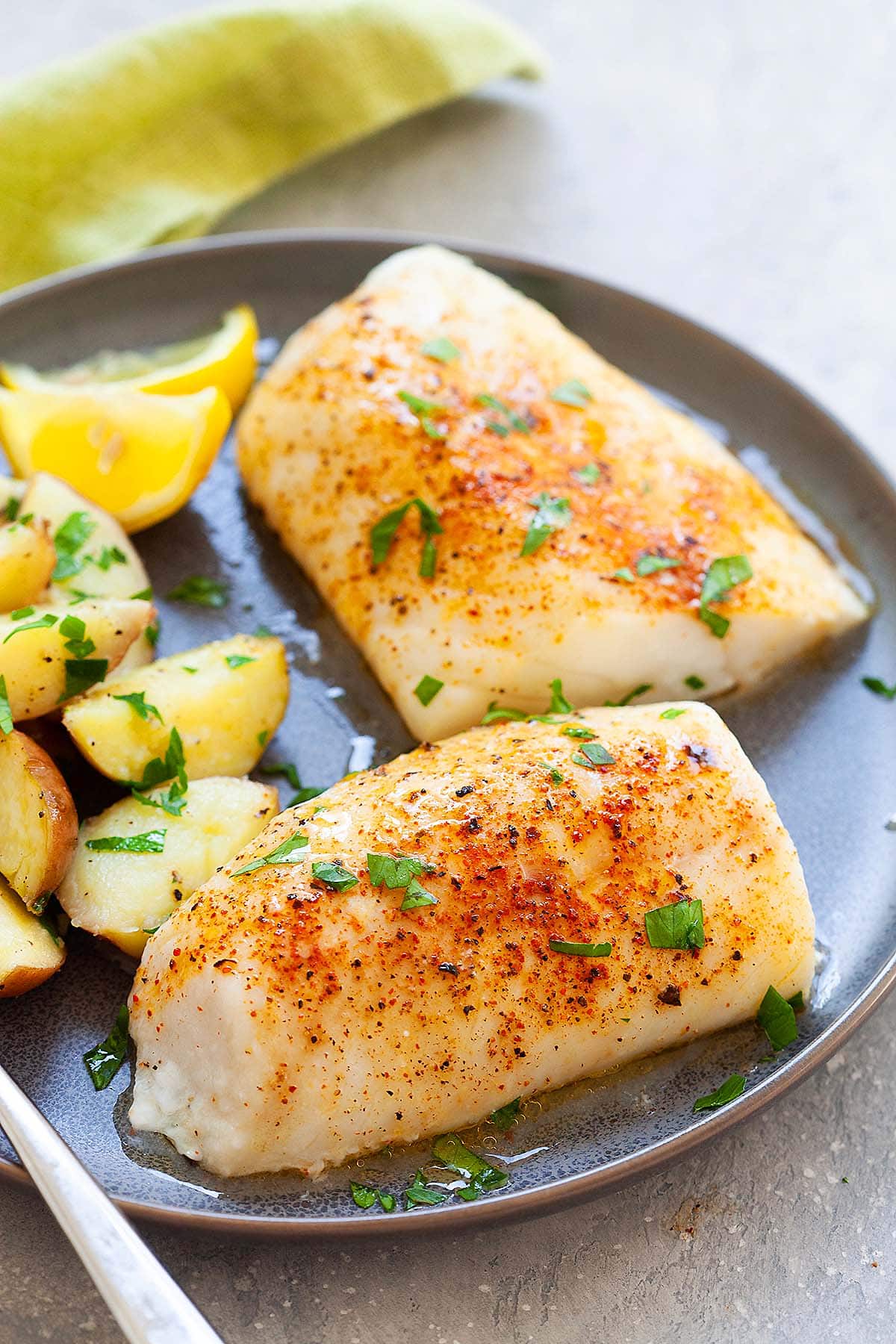
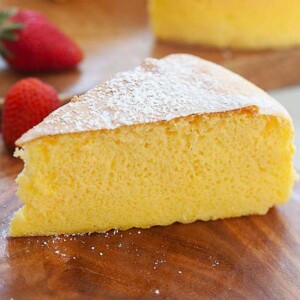
Japanese Cheesecake (Fail Proof Recipe)
Ingredients
- 8 oz (230g) Philadelphia cream cheese
- 2 oz (60g) unsalted butter
- 100 ml full milk
- 2 oz (60g) cake flour
- 1 oz (30g) cornstarch
- 6 egg yolks, room temperature
- 1/2 tablespoon lemon juice
- 1/4 tsp salt
- 6 egg whites, room temperature
- 1/4 teaspoon cream of tartar
- 5 oz (140g) fine granulated sugar
Instructions
- Preheat oven to at 325°F (160°C). Prepare and measure all the ingredients and set out on your working area. I used a 9-inch springform pan. Grease the entire pan and line the bottom part with parchment paper. Please refer to notes if you use other pan.
- On a stove top, melt cream cheese, butter and full milk on low heat. Use a whisk to mix well until the cream cheese melts completely without lumps. Remove from heat.
- Sift the cake flour and corn starch.
- Add egg yolks, lemon juice and salt to the cream cheese mixture. Whisk to combine well. Add the cake flour and corn starch, whisk until a smooth batter forms and there is no lump.
- Make the meringue by whisking egg whites, sugar and cream of tartar until light, foamy and soft peaks form. You can beat with a stand mixer or electronic hand mixer. I used speed 4 and beat for 1-2 minutes or until soft peaks form. DO NOT over beat.
- Add the cream cheese mixture gently into the meringue, FOLD GENTLY until well incorporated.
- Pour the mixture into the springform pan. Tap the cake pan gently before baking.
- Bake the cake using hot water bath. Place the cake pan in a larger pan and add 1 inch (2.5cm) of hot water in the larger pan. Bake at the bottom shelf of the oven for 1 hour 10 minutes.
- Leave the Japanese cheesecake to cool down in the oven with the oven door open, about 30 minutes. This will prevent sudden change of temperature that may cause the cake to shrink. However, it's normal that the cake will shrink about 1/2 – 1 inch (1cm-2.5cm) after cooling.
- Refrigerate the cake (with or without the cake tin) for at least 4 hours or overnight. Top the cake with powdered sugar before serving.
Video
Notes
- If you use a springform pan or loose base cake tin, make sure it’s closed tight. It’s best to wrap the base of your pan with 2 layers of aluminum foil (outside of the pan) to prevent the water bath from seeping inside the bottom part of the cake.
- If you use a 8″ round pan, it is very important to line the sides of the 8″ pan with parchment paper, make sure the parchment paper extends higher than the cake tin by about 1.5″.
- If you use a 9″ pan, you can line the bottom part and not the sides. You may line the entire pan with parchment paper, if you like.
- You can also use an 8-inch or 9-inch square pan.
- If the cake shrinks too much, the main reason is over mixing the egg white mixture with the cream cheese mixture.
- Beat the egg whites until soft peaks form, FOLD VERY GENTLY using a flipping motion.
- Do not stir or blend vigorously.
Nutrition
Nutrition information is automatically calculated, so should only be used as an approximation.
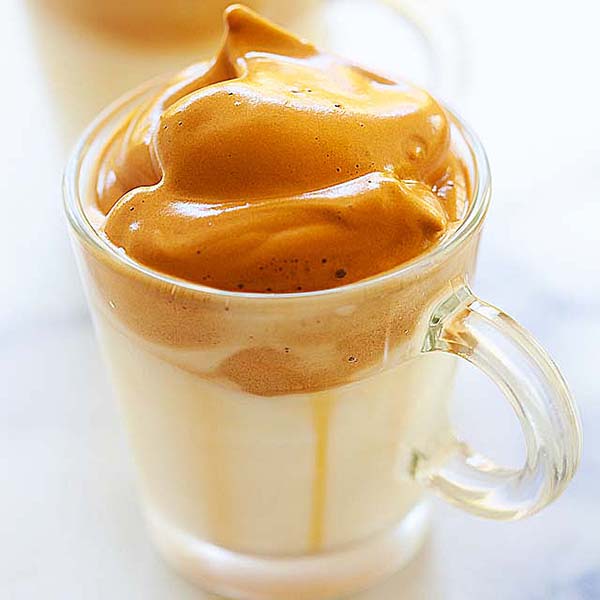
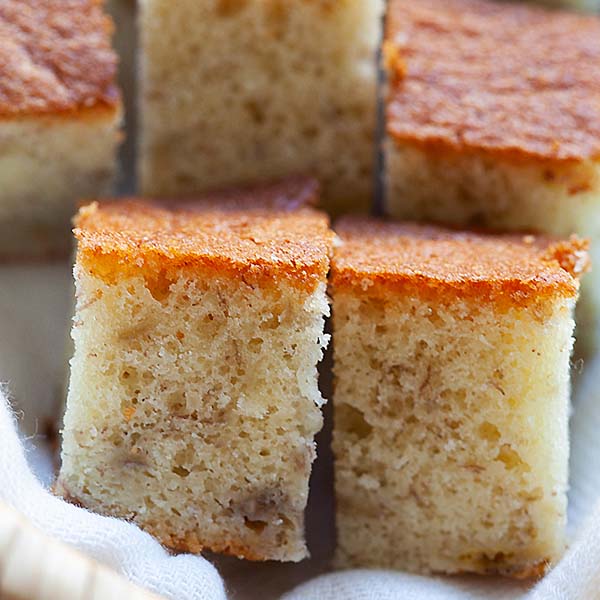
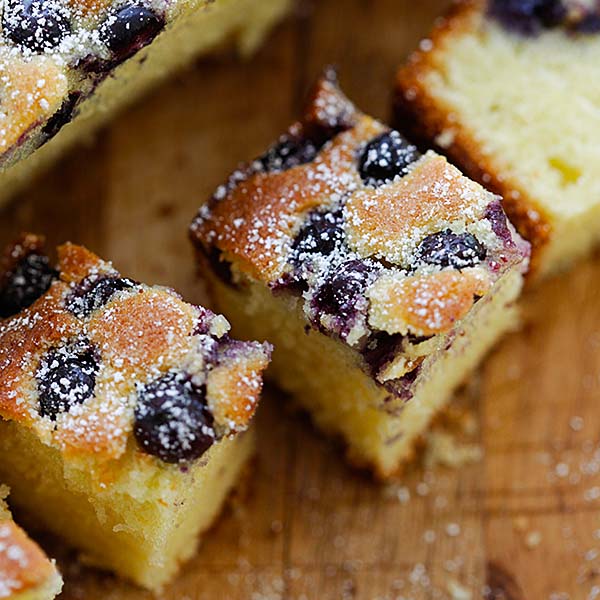
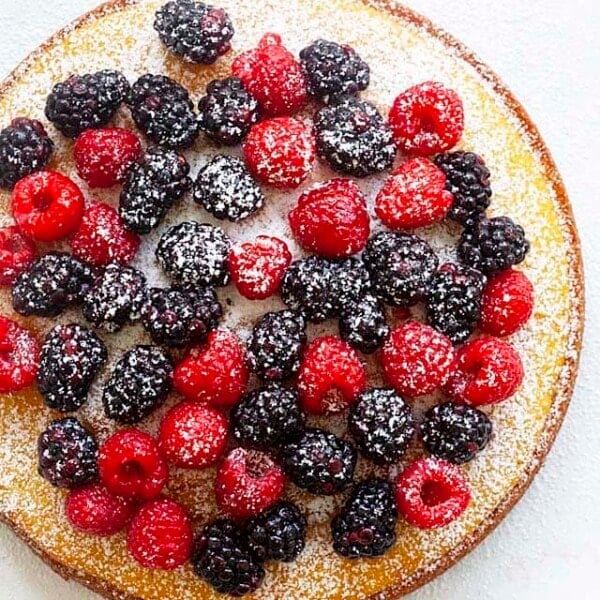






Hello!
Can I ask why do you have to refrigerate the cake overnight?
It’s supposed to be cold when served.
okay thanks!
If U use cream cheese spread instead of Cream cheese, would it be okay?
No cream cheese.
Can I use a different cheese, maybe cheddar?
I don’t think so. Please follow the instructions.
How long to bake in a 8in pan?
Hi Rasa,
Is there any substitute for the CREAM OF TARTAR? please help, I love this cake and cant find this ingredient here. thank you
The standard substitute for cream of tartar is either lemon juice or vinegar (your choice of which, depending upon what you plan to make). For this, I chose lemon juice. 1/4 tsp of lemon juice for the 6 whites was perfect.
Hi may I know what is water bath?
Do you have picture to show bcos I just started to learn how to bake.
Thanks
Hi, I really enjoy your posts! I tried making this cheesecake twice today and both times the tops were level with my 9″ cake pan after cooling, not dome shape like yours. The top didn’t crack but became wrinkly. How can I get the top to look smooth and domed? I baked for actually 55 minutes because I could tell the top was going to crack if I baked it longer. Thanks!
Hi Dana, please read all the comments for tips and tricks to make the cake perfect. It’s a very sensitive cake (to look its best) but the taste will always be good. :)
Hi Dana
This cheesecake is similar to a souffle. I expect your dome was wrinkly because you over-whipped the egg whites, or used too much cream of tartar. Unfortunately, the recipe does not specify the size of the eggs used, but if you used smaller eggs than the original chef did, you’d have less white, and thus too much cream of tartar. The most likely culprit however, is the whipping.
Hello, just wanted to let everyone know that I made this last night and it came out just as described. It deflated about 1/2″, which is normal, but I did do one thing differently. I substituted regular cream cheese for Mascarpone. Oh boy, the cake tastes amazing.
Wow Sean, sounds amazing, I will have to try my Japanese cheesecake with mascarpone in the future!
this is actually pretty cool because I was just telling my father in law that I wanted to try making a cheesecake by making meringue first and see how it would work out. I didn’t realize it was an actual recipe. So, I’m super excited to try this!
Hi….the cake looks wonderful…i just have a doubt…do you have any alternatives for eggs as we are vegetarians. If yes, what could be the best alternative and what quantity?
I don’t think you can make this cheesecake without eggs. Sorry.
Will this cheesecake still come out soft using a gluten-free flour mixture?
Sorry I am not sure.
I will be trying this soon! Looks great! Your recipe didn’t say what size eggs. Are you using Large or Med eggs?
Large eggs.